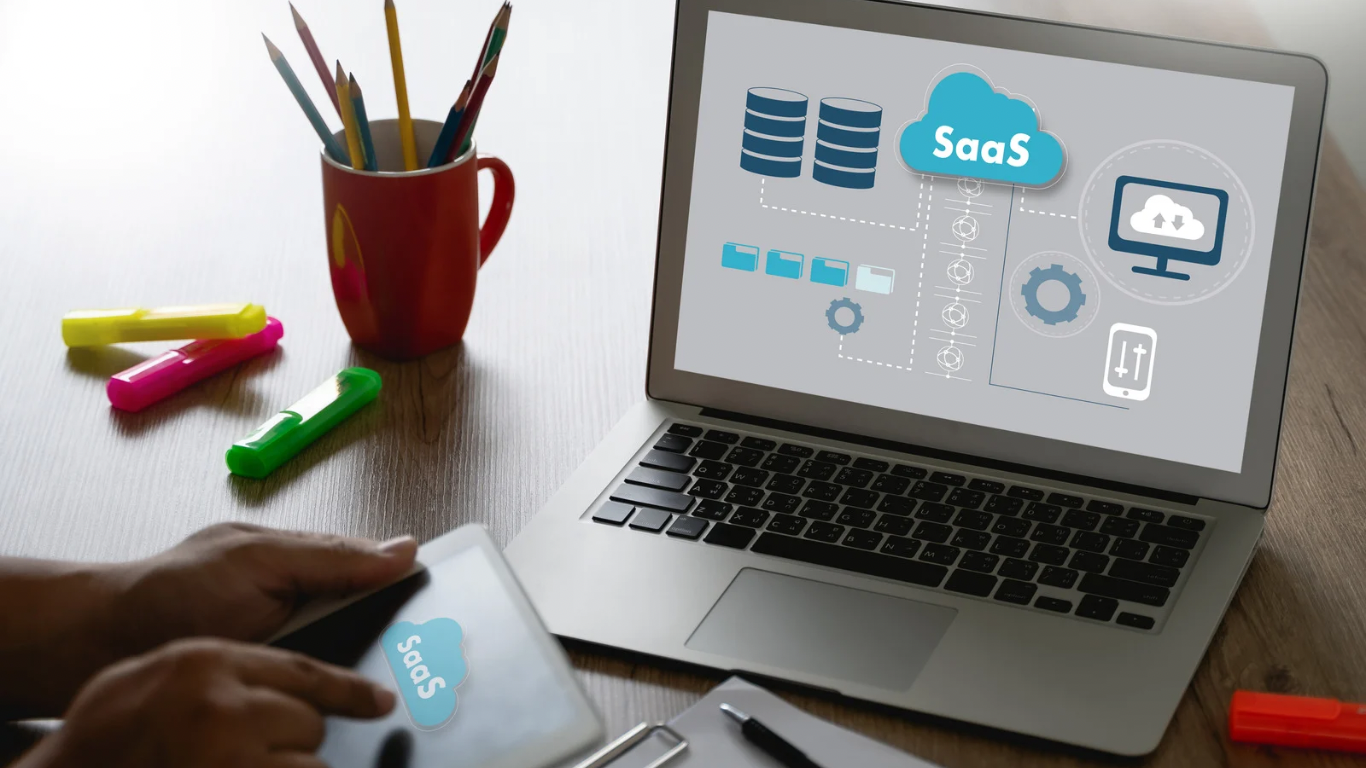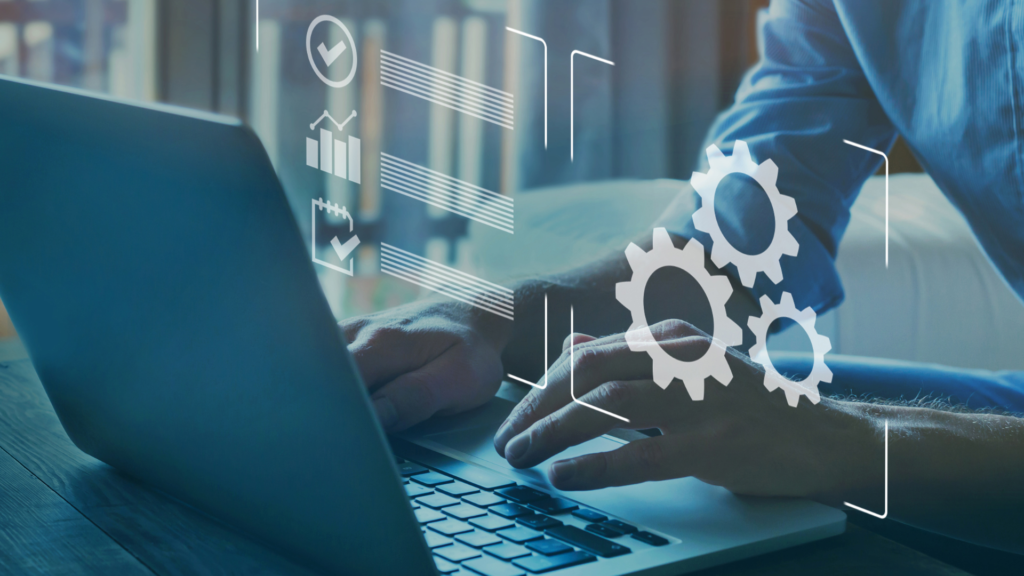Software-as-a-service (SaaS) has emerged as an industry leader in recent years. Even cloud computing has revolutionized software development, sharing, and utilization.
As digital transformation accelerates, SaaS has become an integral part of enterprise IT strategies. Thus, companies that wish to succeed in today’s digital world must embrace this shift.
However, it’s still worth asking: what’s the big deal with SaaS, and why is the industry buzzing about it? Is anything going to shake up the industry by 2025?
We will look more closely at these questions in this article.
SaaS: The Evolution and Appeal
SaaS is a way to use software where the service provider takes care of everything and you just access it online. Instead of having to deal with installing and managing programs on your servers or computers, SaaS lets businesses use software through a subscription. It’s a much simpler approach.
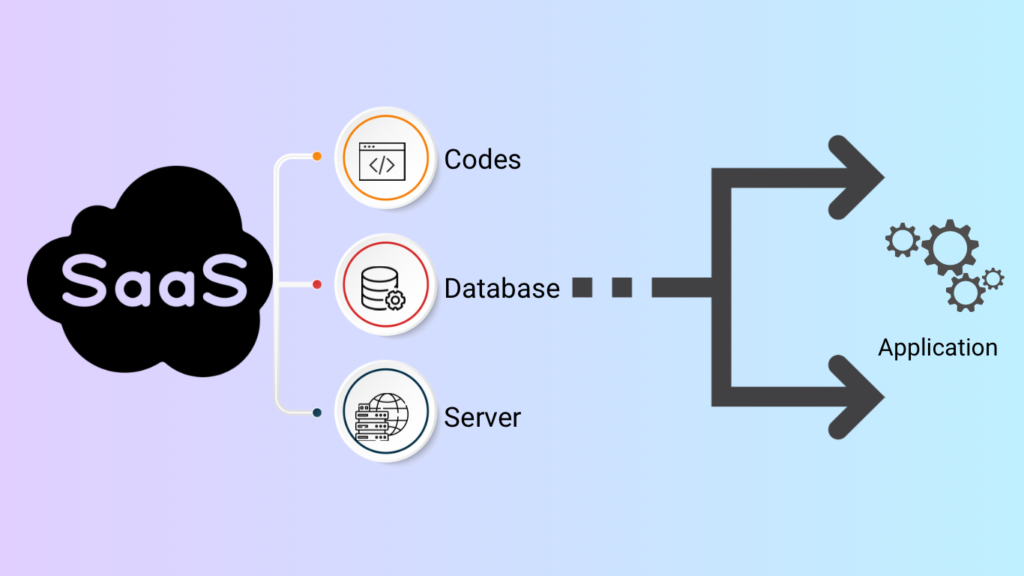
With no on-premises infrastructure to maintain, costs are reduced dramatically, and maintenance is simplified. The appeal of SaaS lies in its ability to:
- Cost-reduction
The SaaS model allows businesses to pay only for what they use, which reduces upfront licensing, infrastructure, and maintenance costs.
- Adaptability
With SaaS solutions, businesses can scale up and down as they need. Users and functionality can be added easily without worrying about system upgrades or resource limitations.
- Accessibility
Cloud-based applications enable remote access from anywhere, on any device, as long as there’s an internet connection. This is essential in today’s increasingly mobile and remote work environment.
- Automatic updates
SaaS manages updates and maintenance, so users always get the latest features and security patches without doing anything manually.
- Security and reliability
The top SaaS providers invest heavily in security, offering better protection than most businesses can offer. They also usually offer service-level agreements (SLAs) to guarantee uptime.
What makes SaaS the future?
- The digital transformation
The demand for agile and flexible software solutions grows as businesses embrace digital transformation. It is no longer possible to meet the demands of modern enterprises with traditional software models that rely on large-scale infrastructure and long development cycles. The SaaS model, however, allows businesses to adapt to market changes quickly and efficiently.
- Industry-wide adoption
Software as a service is no longer just for tech companies. Many industries, including healthcare, finance, education, and retail, are adopting SaaS solutions. SaaS is the future of business technology as its adoption grows across diverse sectors.
- Making data-driven decisions
Using SaaS solutions, businesses can leverage data to make informed decisions based on advanced analytics and reporting. With data becoming a central component of business strategy, SaaS platforms with built-in analytics capabilities will become more popular.
- Optimising cost and resource efficiency
The SaaS model offers businesses an attractive alternative to on-premises solutions as they optimize resources and reduce operating costs. Organizations can save money by converting to the cloud by lowering hardware costs, IT staff costs, and other infrastructure costs.
5 Key SAAS Metrics
A SaaS business should track multiple metrics to evaluate its profitability, customer retention, and customer acquisition. Here are five of the key ones:
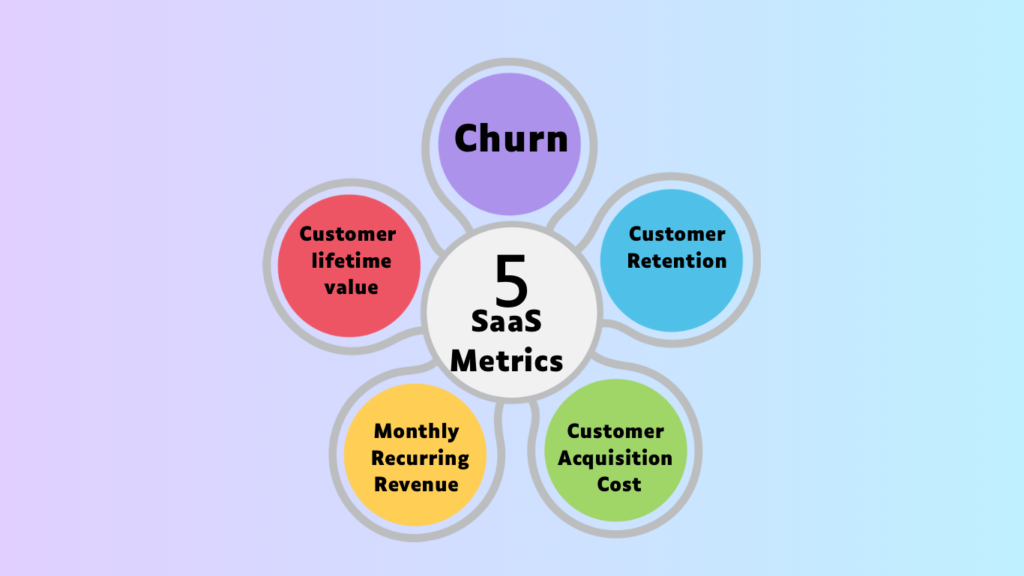
CMRR (Committed Monthly Recurring Revenue)
According to current customer contracts, CMRR is the predictable, recurring revenue a SaaS business expects every month. Based on committed contracts, it gives a pretty accurate picture of future revenue, excluding one-time payments or fluctuating revenues.
CMRR measures revenue stability and predicts future growth. It combines new customers, expansions, contractions, and churn.
Formula: CMRR = New MRR + Expansion MRR – Churned MRR
Churn rate
Typically, churn rate refers to the percentage of customers (or revenue) lost by a SaaS company in a given period. This can tell you whether customers are dissatisfied with the product.
If your churn rate is high, you lose customers faster than you gain new ones. To achieve sustained growth, you need to minimize churn.
Formula: Churn Rate = (Customers Lost During Period / Customers at Start of Period) × 100
Cash Flow
In a SaaS company, cash flow is the movement of money in and out. Positive cash flow means more money is coming in than going out, essential for reinvestment, growth, and operations.
A SaaS business usually relies on recurring revenue, so monitoring cash flow is important to keep operations, marketing, product development, and scaling going.
Formula: Cash Flow = Cash Inflows – Cash Outflows
CAC (Customer Acquisition Cost)
The CAC is the cost of acquiring a new customer. It includes all marketing, sales, and advertising expenses.
When CAC is too high compared to customer lifetime value, the business may not survive. It helps decide whether customer acquisition costs are sustainable in terms of revenue.
FFormula:CAC = Total Sales and Marketing Expenses / Number of New Customers Acquired
CLV (Customer Lifetime Value).
A CLV is the revenue a company expects to make from a customer for the whole time they’re with it. It’s a great metric for understanding how much to invest in customer acquisition and retention.
When you compare CLV to CAC, you can tell if your customer acquisition strategy is sustainable and profitable.
Formula: CLV = Average Revenue Per Customer × Customer Lifetime (in months or years)
How will SaaS be disrupted in 2025?
The SaaS industry has already made a huge impact, but it’s still in the early stages of development. As we approach 2025, several key trends will shapeSaaS’sS future and redefine how businesses and consumers interact with software. Here are some to watch:
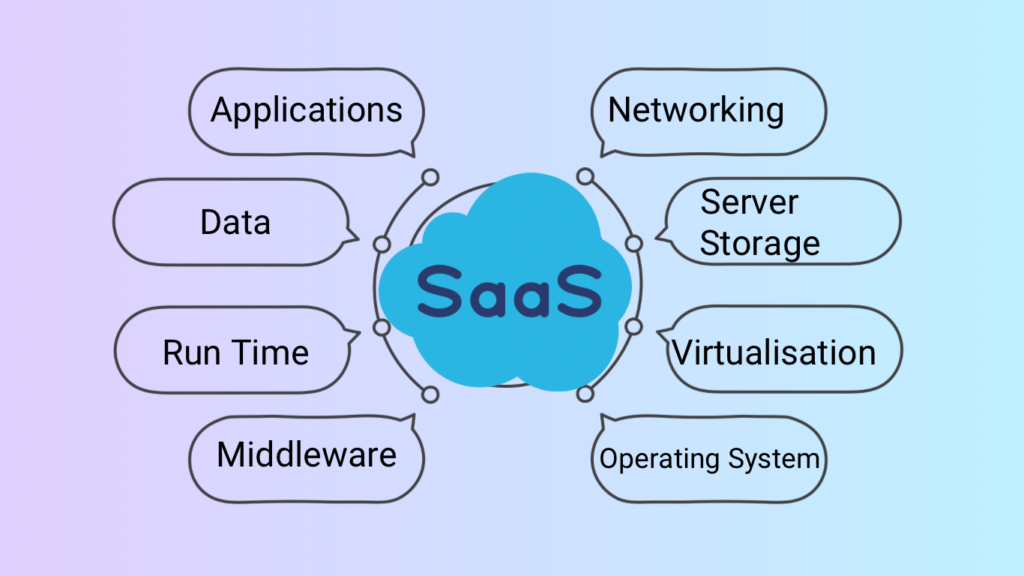
Integration of AI and machine learning
Artificial intelligence (AI) and machine learning (ML) are set to play a big role in SaaS products. By adding AI features, these applications can get smarter, more automated, and tailored to users. For example, AI chatbots can spot trends, suggest personalized content, automate everyday tasks, and make customer service better.
By 2025, we are looking at AI-powered software that makes data analysis a lot easier and smarter for businesses. These tools will help companies make quicker and better decisions by digging into big data sets. It is all about boosting productivity and staying ahead of the competition.
No-Code/Low-Code Platforms
It is expected that low-code and no-code development platforms will further disrupt SaaS by providing non-technical users with the ability to create and customize applications. Platforms like these provide users with an easy-to-use interface that allows them to build and deploy applications with minimal coding skills.
A low-code or no-code platform allows organizations to tailor applications to meet their specific needs without having to hire expensive developers or spend considerable time developing them.
A vertical SaaS service
SaaS solutions that serve a wide range of industries, such as CRM software or accounting software, are vertical SaaS platforms that are designed to address the specific needs of specific industries. In the next few years, this trend will gain momentum as industries such as healthcare, real estate, and finance seek tailored solutions.
Vertical SaaS platforms offer more custom-made functionality and compliance features as well as industry-specific integrations. With deeper industry insights and more powerful tools for niche industries, vertical SaaS platforms may become more mainstream by 2025.
Blockchain and SaaS integration
As a decentralized, secure, and clear way to transact, blockchain technology will have a big impact on SaaS in the future. With its unchangeable transaction records, a blockchain-based app could boost SaaS security and keep data private. It makes auditing easier and helps stop fraud.
Blockchain technology can also be used to transform SaaS pricing models. It is possible to use a blockchain-based payment system to facilitate the use of decentralized SaaS applications, such as allowing users to pay only for the services that they use.
Key Takeaways!
SaaS is making a big impact on software. With its many advantages, SaaS is set to dominate the business landscape. Due to emerging trends like AI, low-code platforms, vertical SaaS, and blockchain, the SaaS industry will undergo profound changes by 2025.
Thus, businesses can’t afford to ignore SaaS. With technology constantly evolving, companies that use SaaS are going to gain a competitive edge, improving their efficiency, customer satisfaction, and innovation. Thus, to survive and thrive, startups and big companies need to stay on top of SaaS.

